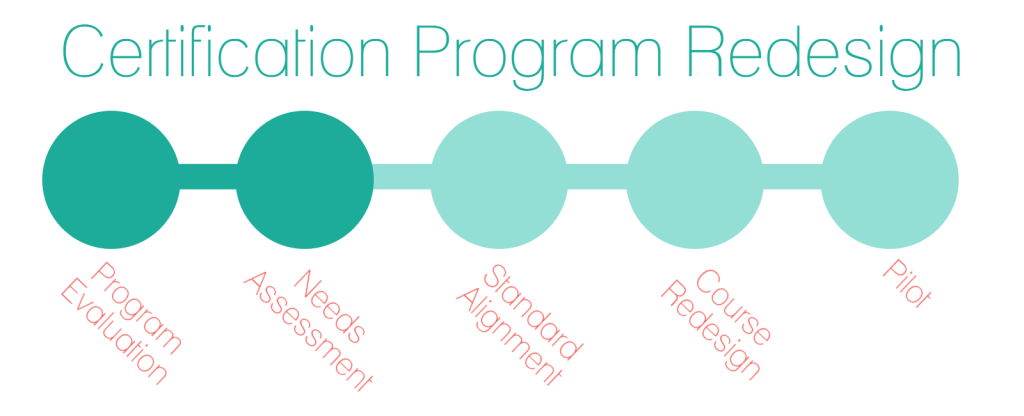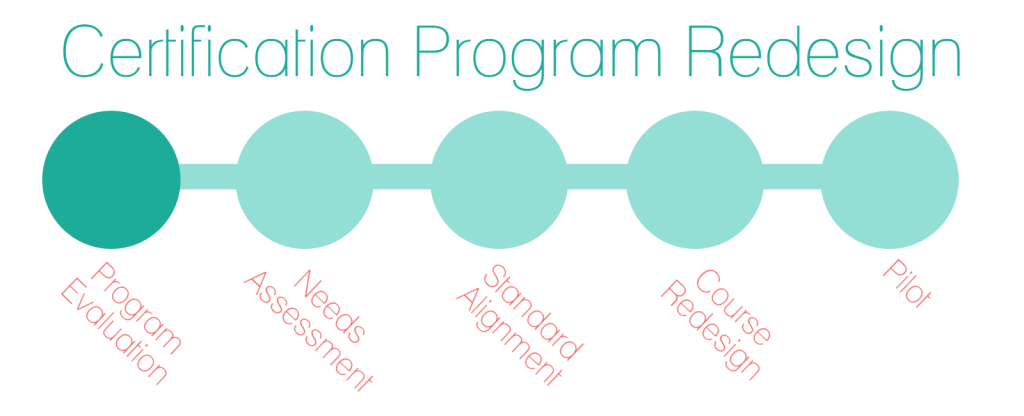
One of the biggest takeaways from my time in the Digital Education Leadership program through Seattle Pacific University is that teachers are students, too. When diving into effective mentoring and professional development, some of the most successful strategies are those that are also used in the classroom. Many back-to-school workshops remind teachers to get to know their students and provide differentiation in every learning experience. In other words, providing learners (adults included) with a pre-assessment (formal or informal) to determine where they are in order to reach where they need to be.
Edutopia has a great article and video that touches on the importance of assessment before learning even begins:
In an earlier post, I wrote about my journey in reviewing and redesigning a university’s Library Media Endorsement (LME) certification program. Here, I continue that work by drafting a Needs Assessment survey for potential students. As I mentioned in my last post, the program is not yet finalized, so I am omitting the name of the institution and it will henceforth be identified as “University.”
Before writing the Needs Assessment survey, I did a bit of background research, attempting to see how other schools have assessed their incoming … Read More

